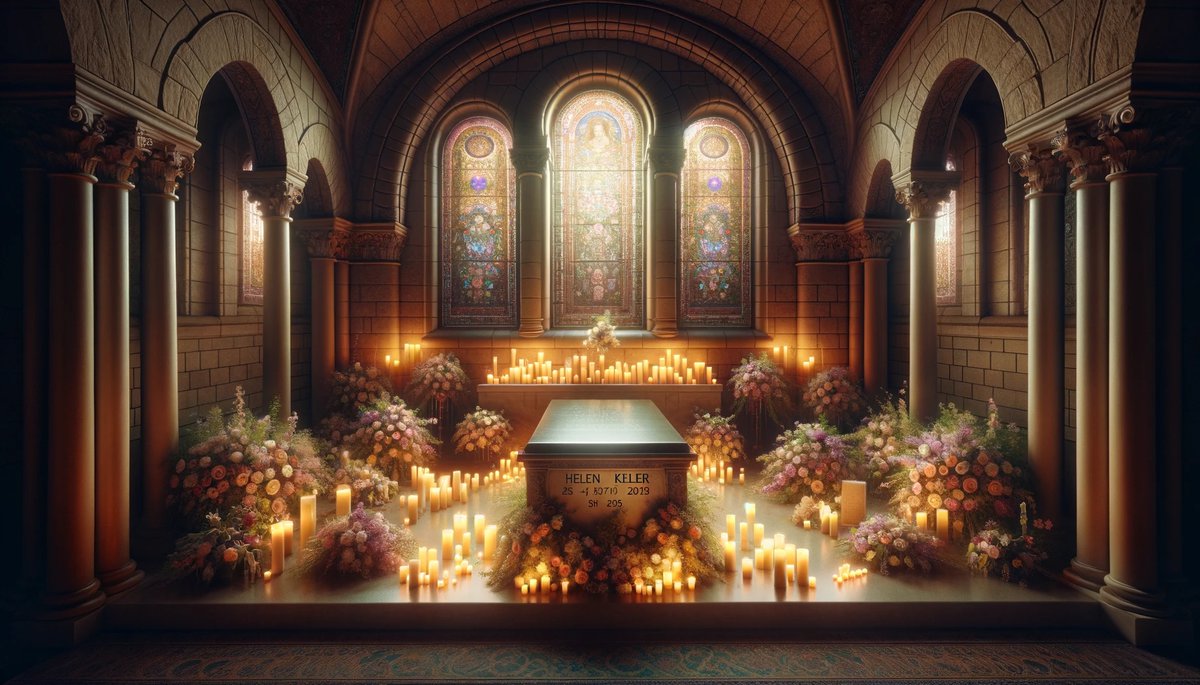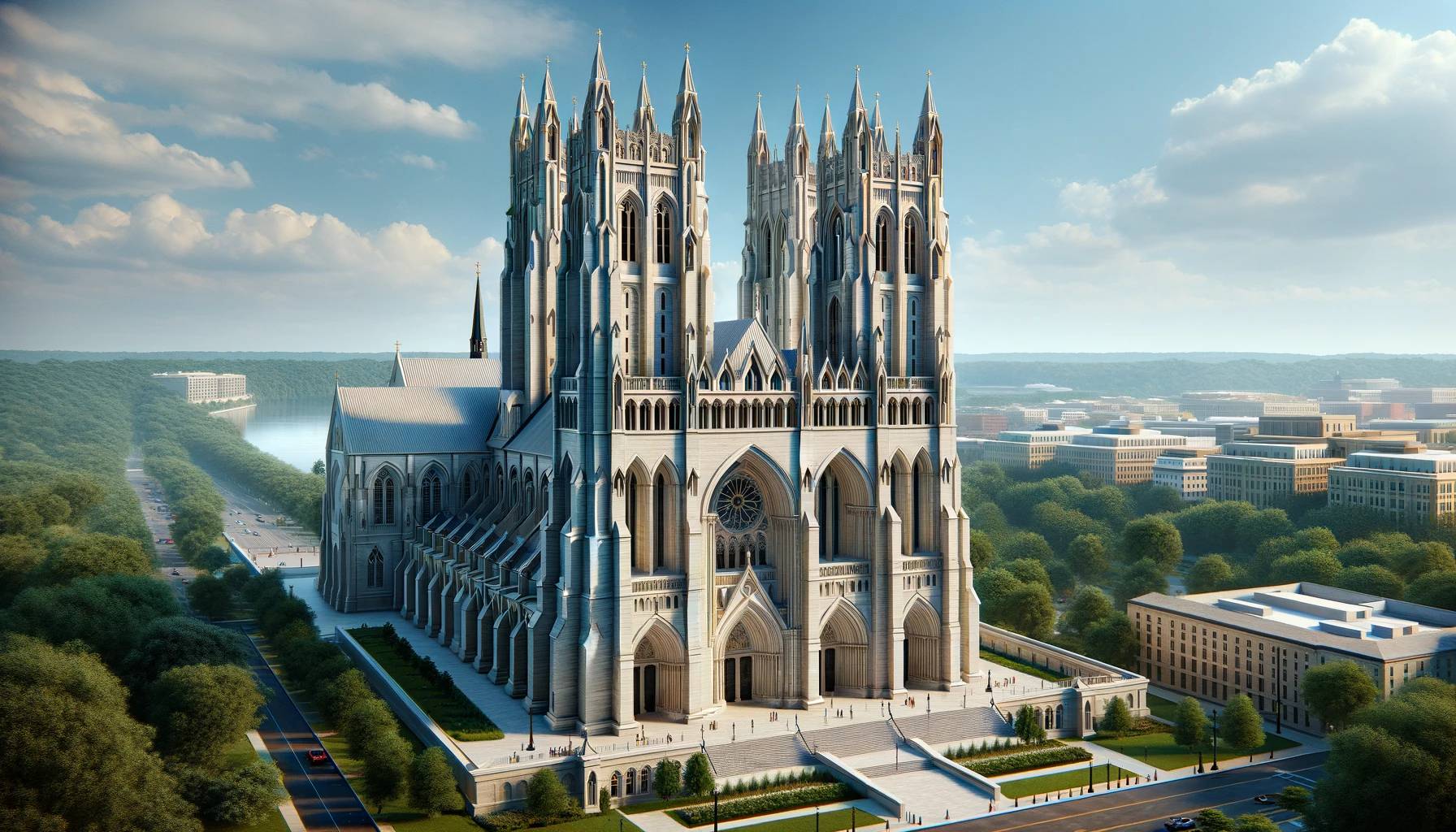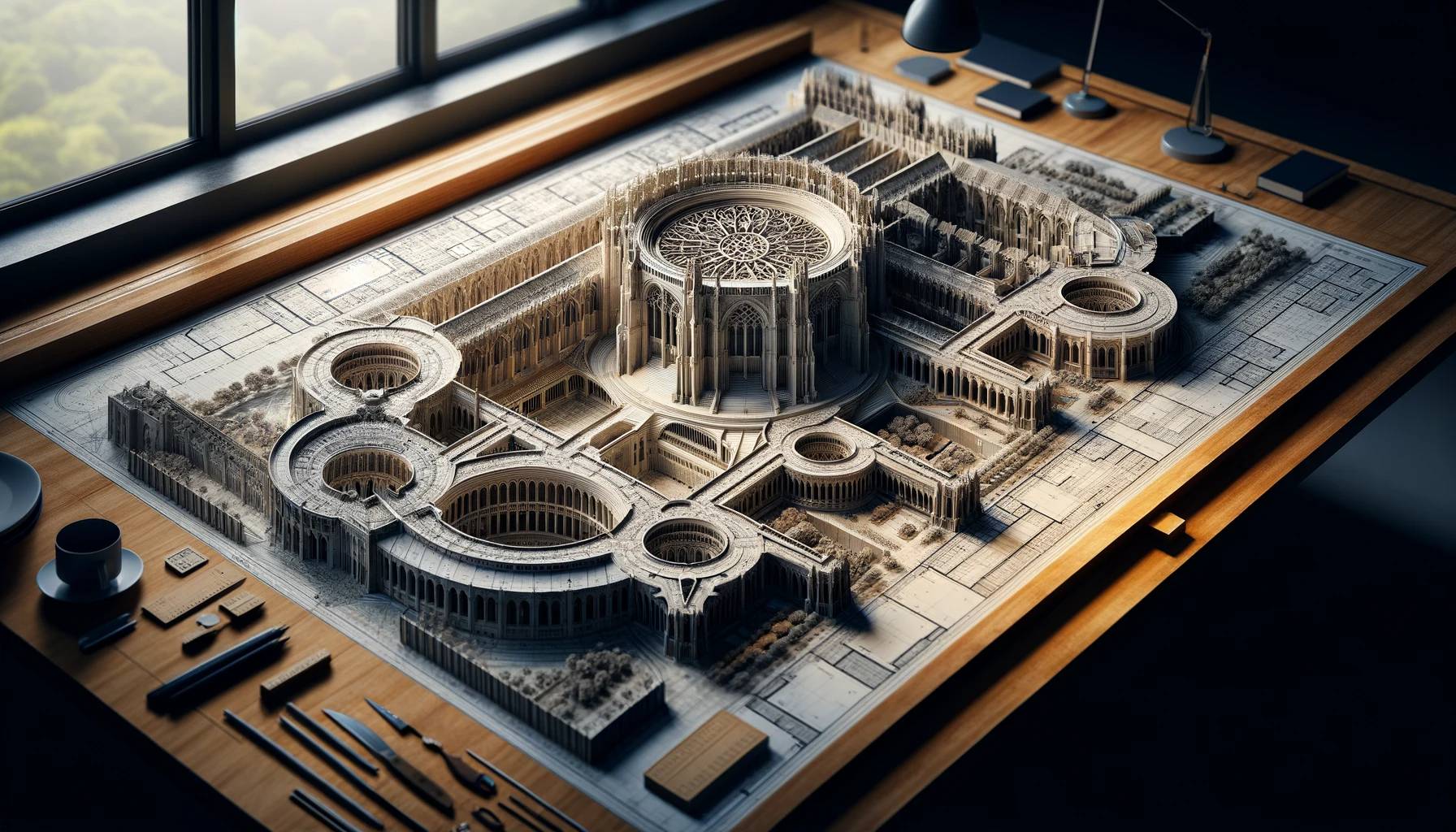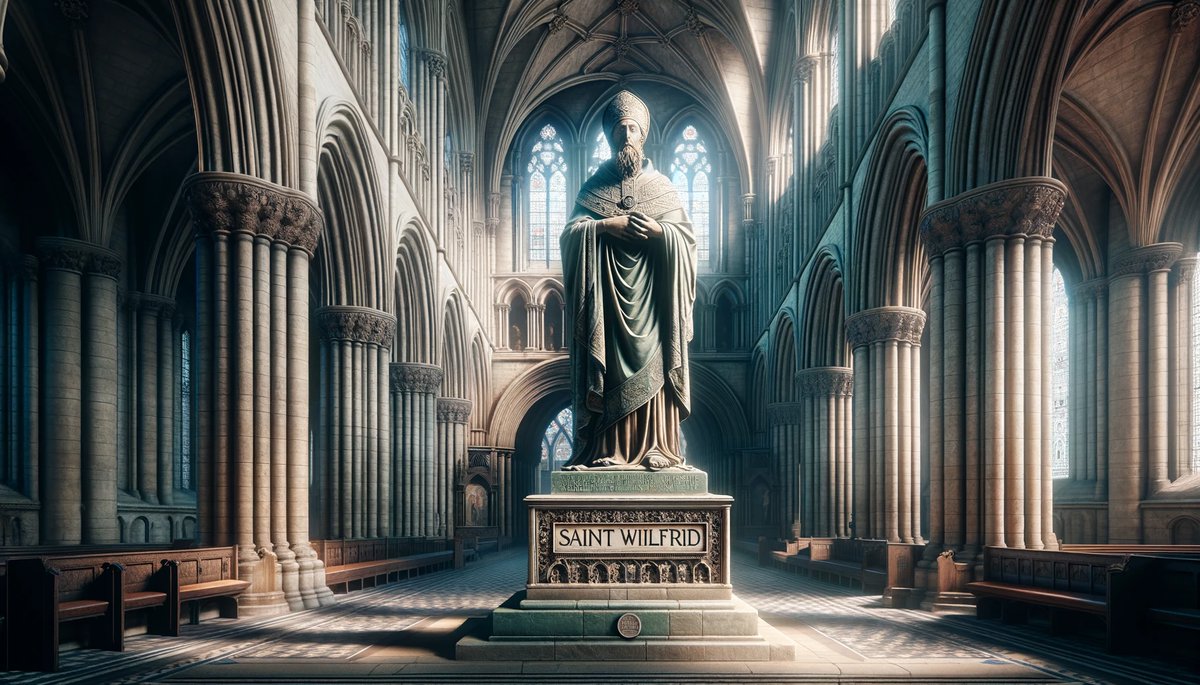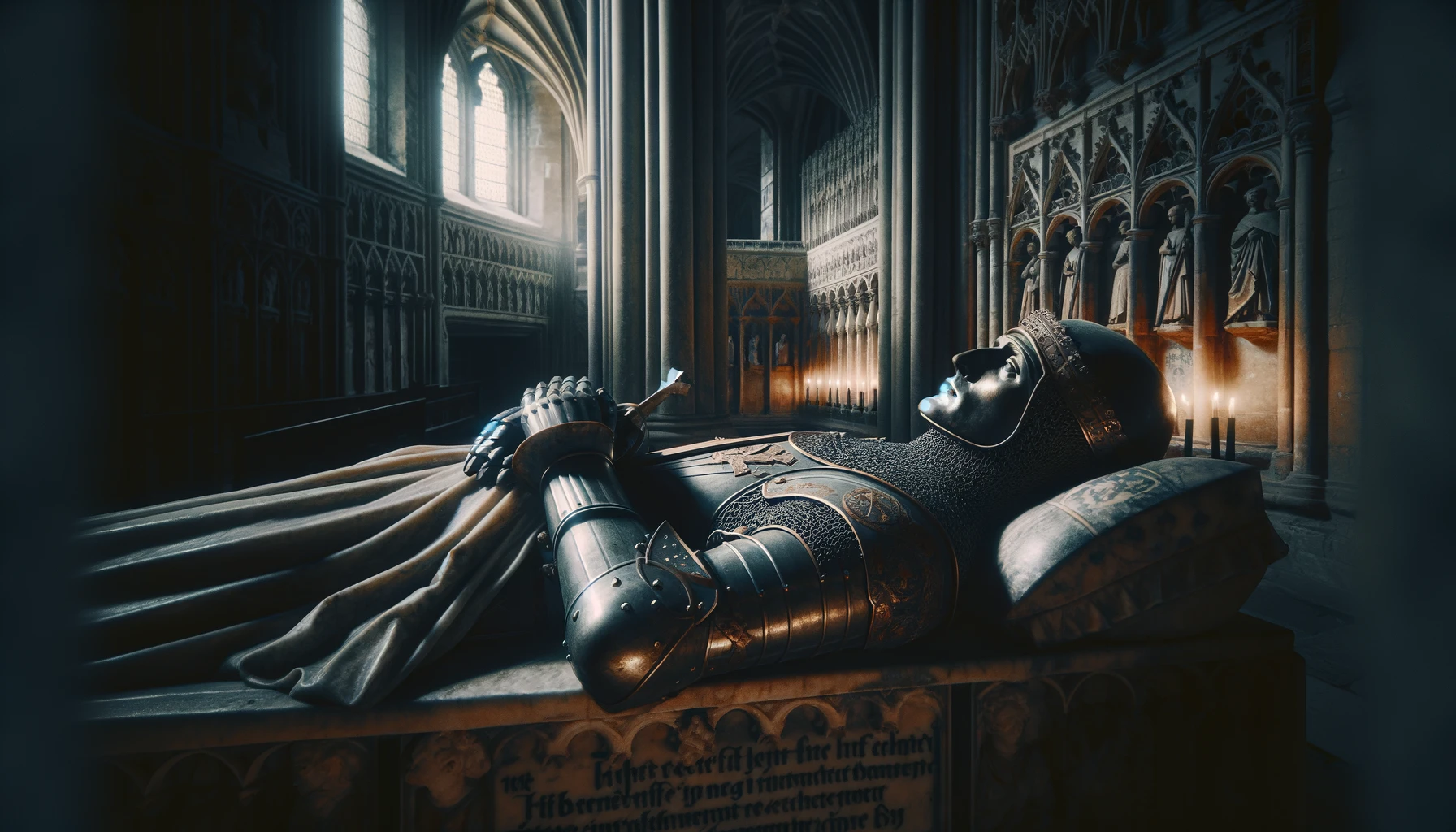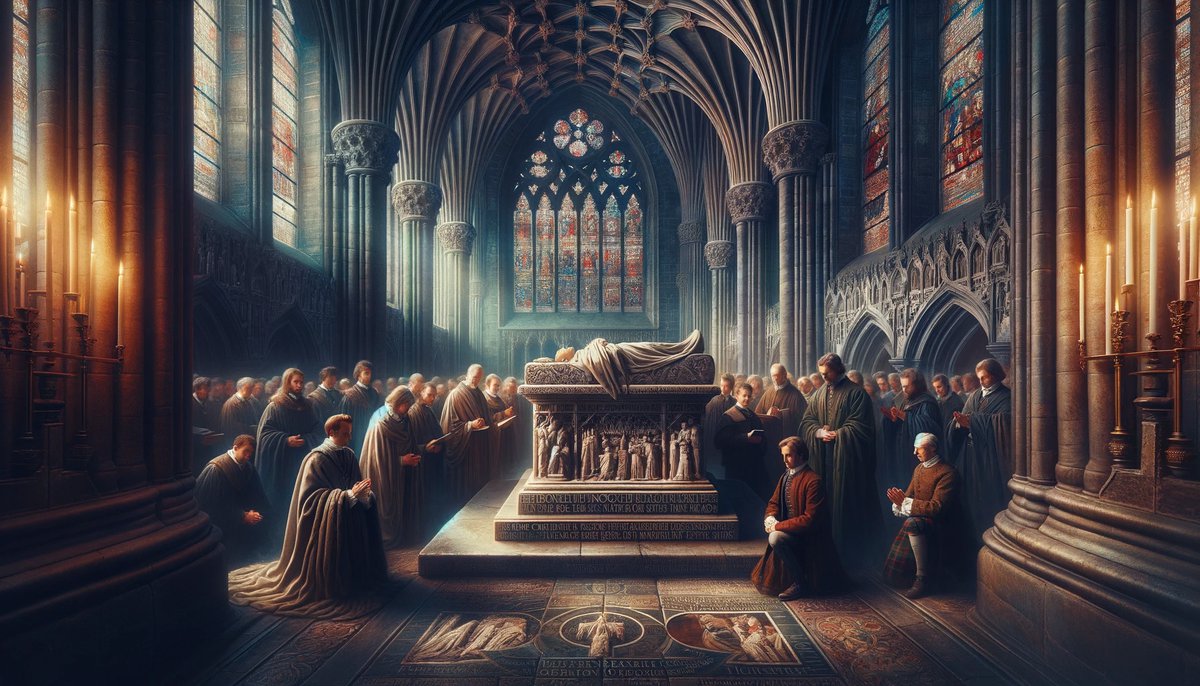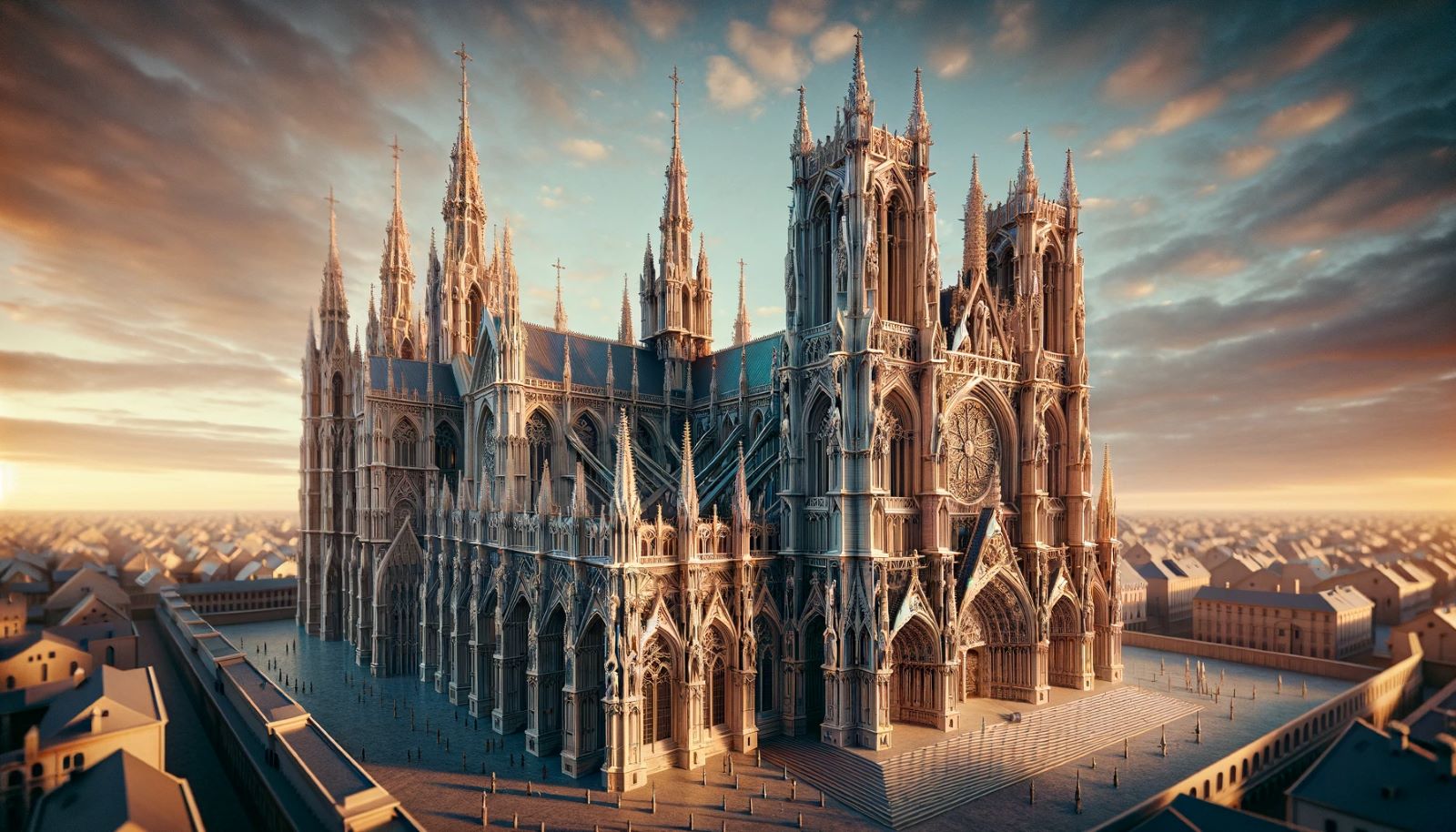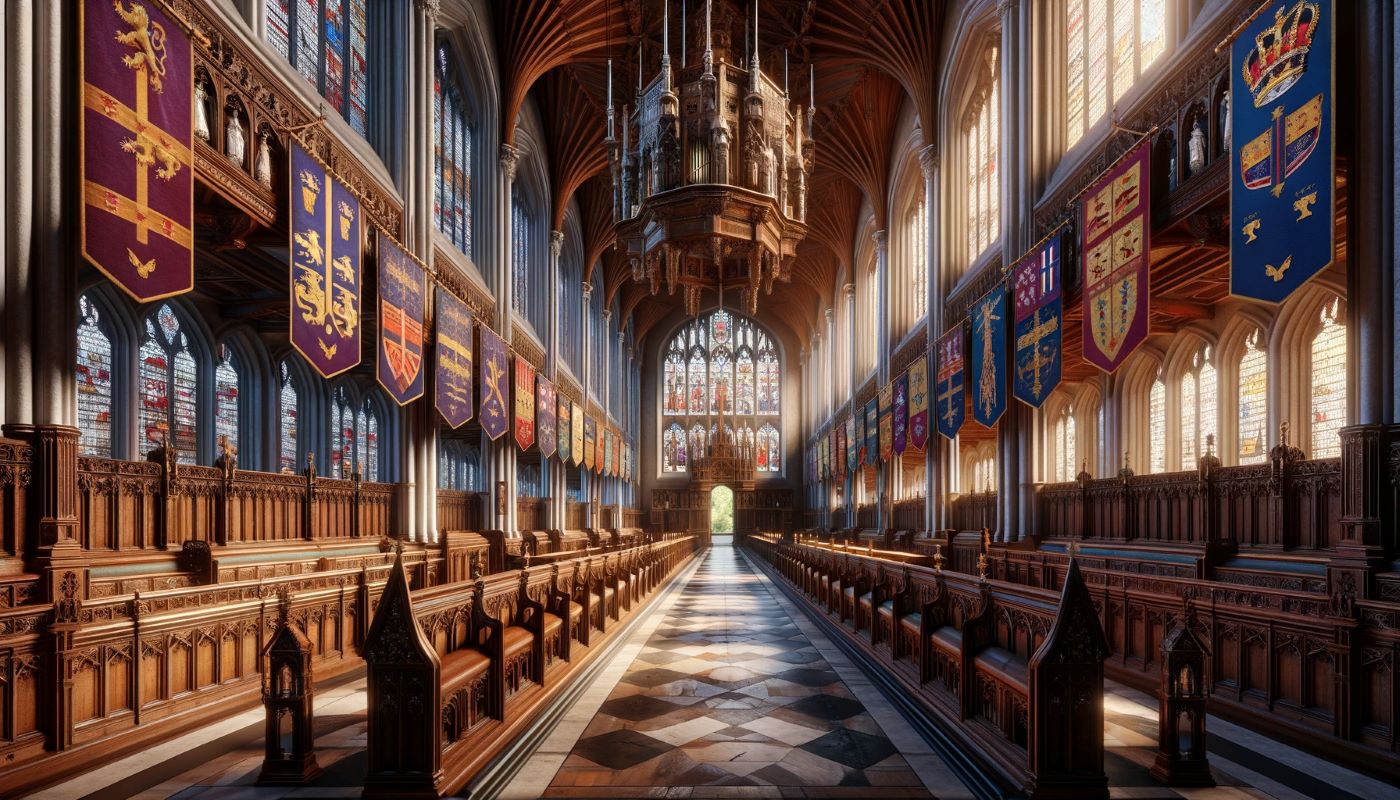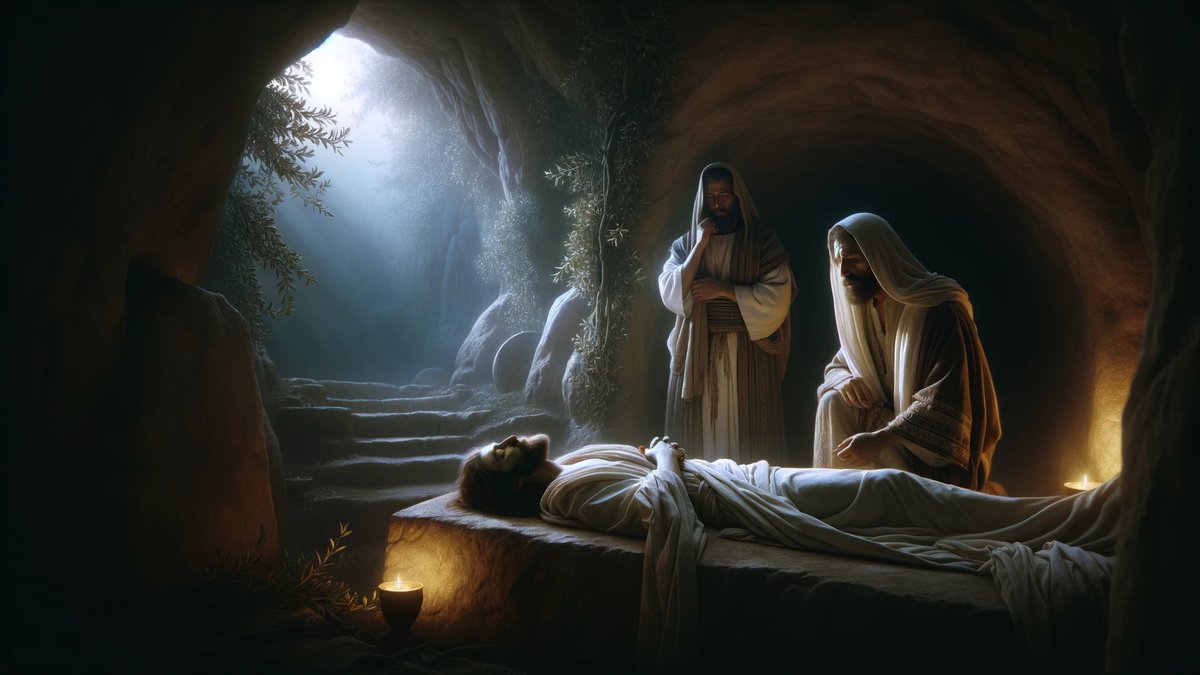Home>Arts and Culture>Who Is The Only President Buried In Washington, DC At The Washington National Cathedral


Arts and Culture
Who Is The Only President Buried In Washington, DC At The Washington National Cathedral
Published: February 19, 2024
Peter Smith, Editorial Director at Christian.net, combines deep insights into faith, politics, and culture to lead content creation that resonates widely. Awarded for his contributions to religious discourse, he previously headed a major organization for religious communicators, enhancing dialogue on faith's societal impacts.
Discover the only president buried at the Washington National Cathedral in Washington, DC. Explore the arts and culture of this historic site.
(Many of the links in this article redirect to a specific reviewed product. Your purchase of these products through affiliate links helps to generate commission for Christian.net, at no extra cost. Learn more)
Table of Contents
Introduction
The Washington National Cathedral stands as a majestic symbol of faith, history, and national unity in the heart of the United States' capital. Its soaring spires and intricate architecture draw visitors from around the world, offering a place of solace, reflection, and inspiration. However, beyond its grandeur and spiritual significance, the cathedral holds a unique distinction—it is the final resting place of a singular figure in American history, President Woodrow Wilson.
Nestled within the hallowed halls of the Washington National Cathedral, President Wilson's tomb serves as a poignant reminder of his enduring legacy and the pivotal role he played in shaping the course of the nation. As the only president interred in Washington, D.C., at this iconic site, Woodrow Wilson's burial holds a special significance, inviting us to delve into the rich tapestry of history and explore the profound connections between leadership, legacy, and commemoration.
In this article, we embark on a captivating journey to unravel the captivating story behind Woodrow Wilson's burial at the Washington National Cathedral. We will delve into the historical significance of the cathedral, explore the life and presidency of Woodrow Wilson, and uncover the compelling factors that led to the decision to lay him to rest in this revered national landmark. Moreover, we will reflect on the enduring legacy of this remarkable presidential burial, shedding light on its profound impact and the enduring resonance it holds for generations to come.
Join us as we embark on a captivating exploration of history, remembrance, and the enduring legacy of a president whose final resting place stands as a testament to his indelible mark on the fabric of American society.
History of the Washington National Cathedral
The Washington National Cathedral, officially known as the Cathedral Church of Saint Peter and Saint Paul, stands as a monumental testament to faith, artistry, and national unity. Its storied history is intertwined with the very essence of American identity, reflecting a rich tapestry of architectural splendor, spiritual significance, and historical resonance.
The origins of the cathedral can be traced back to the late 19th century when a group of visionary leaders sought to establish a grand place of worship that would embody the aspirations and values of the burgeoning nation. In 1907, President Theodore Roosevelt laid the cornerstone, marking the symbolic commencement of a monumental endeavor that would span generations.
Designed in the Gothic style, the cathedral's construction unfolded over decades, with each stone meticulously placed to form a structure of unparalleled grandeur. The intricate carvings, soaring arches, and breathtaking stained glass windows bear testament to the dedication of countless artisans and craftsmen who poured their skill and passion into every facet of the cathedral's design.
The cathedral's completion was a testament to the enduring spirit of resilience and determination, as it weathered the challenges of two World Wars, economic upheavals, and societal transformations. Its consecration in 1912 marked a pivotal moment in American history, as the nation celebrated the realization of a sacred edifice that would stand as a beacon of hope, solace, and inspiration for generations to come.
Beyond its role as a place of worship, the Washington National Cathedral has served as a gathering place for national milestones, hosting presidential funerals, interfaith services, and moments of collective reflection. Its hallowed halls have echoed with the voices of civil rights leaders, world dignitaries, and ordinary citizens alike, underscoring its role as a unifying force in the tapestry of American society.
Today, the Washington National Cathedral stands as a living testament to the enduring power of faith, artistry, and national unity. Its towering spires and majestic presence continue to inspire awe and reverence, inviting visitors to immerse themselves in the timeless beauty and profound spirituality that define this iconic national landmark. As we delve into the captivating history of the Washington National Cathedral, we gain a deeper appreciation for the enduring legacy it embodies and the pivotal role it plays in shaping the collective consciousness of the nation.
The Life and Presidency of Woodrow Wilson
Woodrow Wilson, the 28th President of the United States, left an indelible mark on American history through his visionary leadership, unwavering commitment to progress, and profound impact on the global stage. Born in Staunton, Virginia, in 1856, Wilson exhibited a keen intellect and a deep sense of purpose from an early age. His academic pursuits led him to Princeton University, where he distinguished himself as a scholar and emerged as a prominent voice in the field of political science.
Wilson's foray into public service began with his tenure as the President of Princeton University, where he implemented progressive reforms and garnered widespread acclaim for his innovative approach to higher education. His remarkable achievements at Princeton propelled him into the national spotlight, paving the way for his entry into the realm of politics.
In 1912, Woodrow Wilson ascended to the presidency, embarking on a transformative journey that would redefine the contours of American governance. His presidency was characterized by a bold agenda of progressive reforms, encompassing initiatives such as the establishment of the Federal Reserve System, the enactment of antitrust legislation, and the advocacy for labor rights. Wilson's unwavering commitment to social justice and economic equality resonated deeply with the American populace, positioning him as a champion of the people's aspirations.
Amidst the tumultuous backdrop of World War I, Wilson steered the nation through a crucible of unprecedented global challenges, ultimately leading the United States to join the conflict in pursuit of a just and lasting peace. His visionary diplomacy culminated in the formulation of the Fourteen Points, a seminal blueprint for international cooperation and the establishment of the League of Nations, a precursor to the United Nations.
Wilson's steadfast dedication to the principles of democracy and self-determination earned him global acclaim, positioning him as a transformative figure on the world stage. Despite facing formidable opposition and enduring personal hardships, Wilson remained resolute in his pursuit of a more just and equitable world order, leaving an enduring legacy that continues to shape the course of international relations.
As we reflect on the life and presidency of Woodrow Wilson, we are reminded of the profound impact of his visionary leadership, unwavering commitment to progress, and enduring legacy as a statesman of unparalleled stature. His contributions to the fabric of American society and the global community stand as a testament to the transformative power of leadership and the enduring resonance of a visionary's ideals.
The Decision to Bury Woodrow Wilson at the Washington National Cathedral
The decision to inter Woodrow Wilson at the Washington National Cathedral was a profound and deliberative choice that resonated with historical significance and deep symbolism. Following President Wilson's passing in 1924, discussions arose regarding his final resting place, with various options under consideration. However, the prospect of honoring Wilson's legacy in a manner befitting his stature as a transformative leader prompted a careful evaluation of potential sites for his burial.
Amidst this contemplation, the Washington National Cathedral emerged as a compelling and poignant choice for several compelling reasons. Firstly, the cathedral's status as a revered national landmark endowed it with a profound sense of historical resonance and spiritual significance. As a place of solace, reflection, and national unity, the cathedral embodied the very ideals and aspirations that defined Woodrow Wilson's visionary leadership and enduring legacy.
Furthermore, the Gothic grandeur and architectural splendor of the Washington National Cathedral provided a fitting backdrop for the commemoration of a president who had left an indelible mark on the fabric of American society. The soaring spires, intricate carvings, and majestic presence of the cathedral offered a timeless and dignified setting for the final repose of a statesman whose impact transcended the boundaries of his era.
Moreover, the decision to bury Woodrow Wilson at the Washington National Cathedral underscored the profound connections between faith, history, and national identity. By choosing this iconic site as his resting place, Wilson's legacy became intertwined with the enduring spirit of resilience, unity, and hope that the cathedral symbolized. It served as a testament to the convergence of spiritual and civic values, reflecting the intrinsic bond between leadership, remembrance, and the collective consciousness of the nation.
In essence, the decision to lay Woodrow Wilson to rest at the Washington National Cathedral was a poignant tribute to his transformative presidency, visionary ideals, and enduring impact on the global stage. It represented a convergence of historical significance, architectural grandeur, and national unity, encapsulating the profound resonance of a leader whose legacy continues to shape the course of American history.
As we reflect on the decision to bury Woodrow Wilson at the Washington National Cathedral, we are reminded of the enduring power of commemoration, the timeless significance of sacred spaces, and the profound interplay between leadership, legacy, and the enduring spirit of a nation.
The Legacy of Woodrow Wilson's Burial at the Washington National Cathedral
The legacy of Woodrow Wilson's burial at the Washington National Cathedral transcends the confines of time, resonating with profound significance and enduring resonance. As the only president interred in Washington, D.C., at this iconic site, Wilson's final resting place stands as a testament to his indelible mark on the fabric of American society and the enduring impact of his visionary leadership.
The Washington National Cathedral serves as a hallowed sanctuary, where the echoes of history, faith, and national unity converge in a timeless symphony of remembrance. Wilson's burial within its sacred precincts imbues the cathedral with a profound sense of historical significance, inviting visitors to contemplate the enduring legacy of a president whose ideals continue to shape the course of the nation.
The majestic spires and Gothic grandeur of the cathedral provide a fitting backdrop for the commemoration of a leader whose impact transcended the boundaries of his era. Wilson's burial at this iconic site symbolizes the convergence of faith, history, and national identity, underscoring the intrinsic bond between leadership, remembrance, and the collective consciousness of the nation.
Moreover, the legacy of Woodrow Wilson's burial at the Washington National Cathedral extends beyond the confines of physical space, permeating the collective memory of the nation with a profound sense of reverence and historical continuity. It serves as a poignant reminder of the enduring resonance of visionary leadership and the transformative power of steadfast ideals in shaping the course of history.
The decision to inter Wilson at the cathedral embodies the timeless significance of sacred spaces and the enduring power of commemoration, inviting visitors to immerse themselves in the rich tapestry of history and reflect on the profound connections between leadership, legacy, and the enduring spirit of a nation.
In essence, the legacy of Woodrow Wilson's burial at the Washington National Cathedral stands as a testament to the enduring power of remembrance, the timeless significance of sacred spaces, and the profound interplay between leadership, legacy, and the enduring spirit of a nation. It serves as a poignant tribute to a transformative leader whose vision continues to inspire and resonate with the collective consciousness of the nation, underscoring the enduring legacy of a president whose ideals continue to shape the course of American history.
